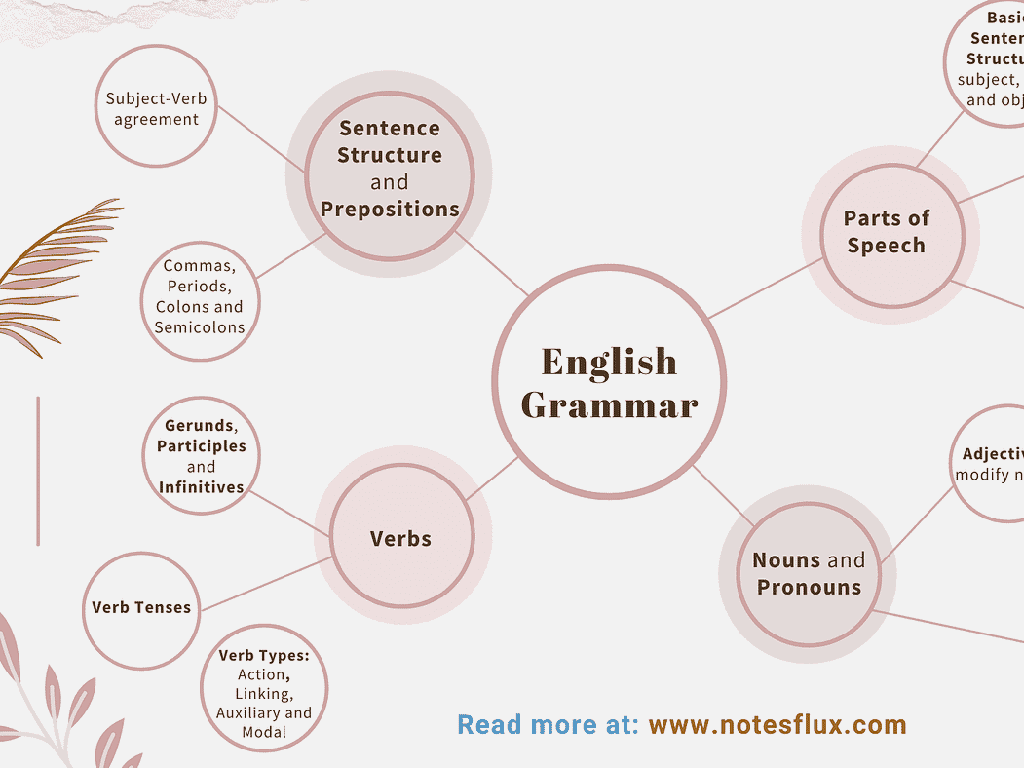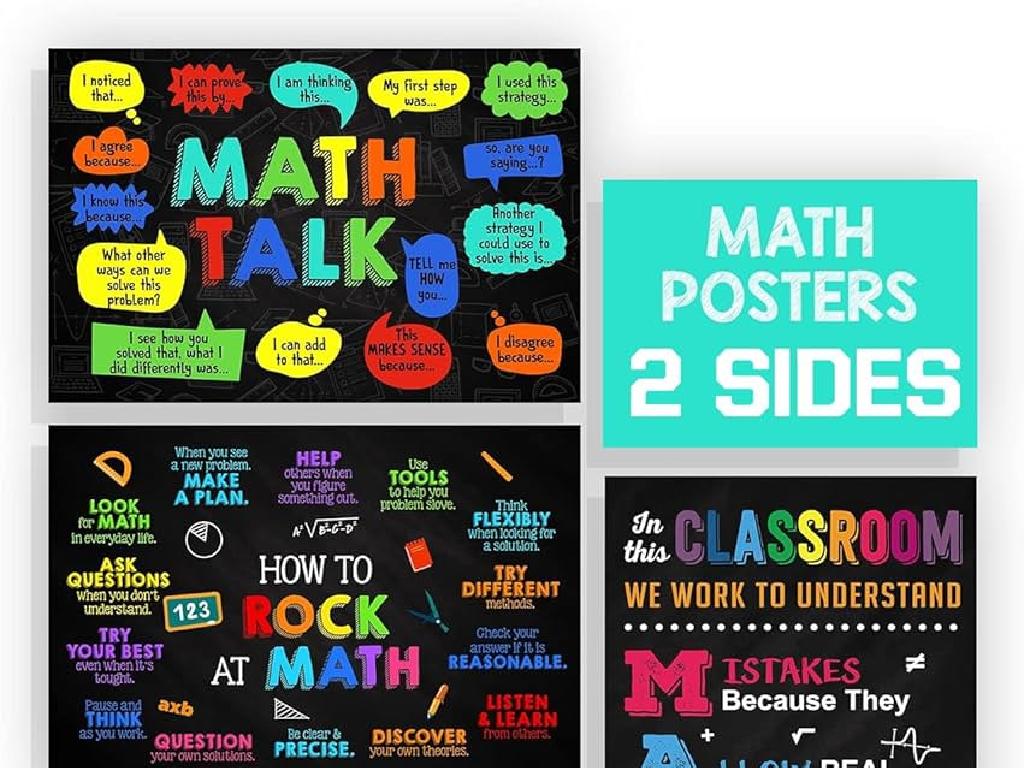Compare Properties Of Objects
Subject: Science
Grade: Fourth grade
Topic: Materials
Please LOG IN to download the presentation. Access is available to registered users only.
View More Content
Introduction to Materials
– What are materials?
– Substances used to make things.
– Common materials around us
– Wood, plastic, metal, glass, and fabric.
– Significance of material knowledge
– Helps us choose the right material for a task.
– Exploring material properties
|
This slide introduces the concept of materials in the context of science for fourth graders. Begin by explaining that materials are substances from which things are made. Provide relatable examples such as wood for furniture, plastic for toys, metal for cars, glass for windows, and fabric for clothes. Emphasize the importance of understanding different materials to make informed choices for various uses, like why we use certain materials for cooking utensils versus others for building houses. Encourage students to think about the properties of materials they interact with daily, such as hardness, flexibility, and transparency. This foundational knowledge will be crucial as they explore how to compare the properties of different objects.
Properties of Materials
– Understanding properties
– Common properties: color, shape, texture, size, hardness
– Color helps us identify objects, shape determines structure, texture is about feel, size is the measurement, and hardness tells us if it’s soft or hard.
– Usefulness of properties
– Properties help us decide what material to use for what purpose. For example, we use hard materials for building.
– Matching properties with purposes
– Think about why we use glass for windows or metal for tools.
|
This slide introduces the concept of properties of materials to fourth-grade students. Start by explaining that properties are characteristics that help us describe and identify different materials. Discuss common properties such as color, shape, texture, size, and hardness, and provide examples of each. Explain how these properties make materials suitable for specific uses, like using metal for tools because of its hardness. Encourage students to think about the materials around them and why certain materials are used for particular objects. This will help them understand the practical applications of material properties in everyday life.
Comparing Properties of Classroom Objects
– Learn to observe properties
– Activity: Identify object properties
– Find objects in class, note color, shape, size, and material
– Discuss object usage
– Why do we use certain objects for specific tasks?
– How properties influence function
– A rubber ball bounces but a clay ball doesn’t
|
This slide is aimed at teaching students how to observe and compare the properties of different objects. Start by explaining how to observe properties such as color, shape, size, and material. For the activity, have students pick various objects around the classroom and write down their properties. Then, lead a discussion on how the properties of these objects make them suitable for their specific uses. For example, why are erasers made of rubber and not metal? This will help students understand the relationship between an object’s properties and its function. Provide guidance on how to conduct the activity and encourage students to think critically about the objects they interact with daily.
Exploring Density and Buoyancy
– What is density?
– Density is how tightly packed matter is within an object.
– Understanding buoyancy
– Buoyancy determines if an object will sink or float.
– Everyday examples of density
– A rock sinks in water because it’s denser than water.
– Everyday examples of buoyancy
– A boat floats because it’s less dense than water.
|
This slide introduces the concepts of density and buoyancy, which are fundamental in understanding how materials interact with each other, especially in fluids. Density is a measure of how much mass is contained in a given volume, and it can be thought of as the ‘compactness’ of a material. Buoyancy is the force that allows objects to float in a fluid if they are less dense than the fluid. Use relatable examples such as rocks sinking in water due to high density and boats floating due to their lower density compared to water. Encourage students to think of other examples where they observe density and buoyancy in their daily lives, like balloons floating in the air or a basketball floating in a pool.
Temperature and Conductivity in Materials
– Effects of temperature on materials
– Materials can expand or contract with temperature changes.
– Conductors vs. Insulators
– Metals conduct heat well, plastics and wood do not.
– Everyday examples of conductivity
– Pots conduct heat to cook food, while oven mitts insulate to protect hands.
– Experimenting with temperature
|
This slide aims to teach students how different materials react to temperature changes and the concept of conductivity. Start by explaining that materials can change in size (expand or contract) when heated or cooled. Introduce conductors, materials that allow heat to pass through them easily, and insulators, which do not. Use familiar examples like pots and oven mitts to illustrate these concepts. Encourage students to think of more examples and discuss why certain materials are used for specific purposes. You can also suggest a simple classroom experiment where students touch various materials after they’ve been in the sun to feel which ones are hotter, thus demonstrating conductivity.
Strength and Flexibility of Materials
– Exploring material strength
Strength refers to how much force a material can withstand without breaking.
– Understanding flexibility
Flexibility means how much a material can bend or twist without breaking.
– The role of strength and flexibility
Strong materials are used for building, while flexible materials are used in objects that bend.
– Comparing material properties
|
This slide aims to help students understand the concepts of strength and flexibility in materials. Start by discussing what makes a material strong, such as the ability to support weight or resist force. Then, explain flexibility as the capacity of a material to bend or twist. Emphasize why these properties are important: strong materials are crucial for structures like bridges and buildings, while flexibility is key for items like rubber bands and hoses. Encourage students to think of examples of strong and flexible materials in their daily lives and to consider why different properties are useful for different objects. This will help them grasp the practical applications of material properties in engineering and design.
Class Activity: Material Scavenger Hunt
– Find objects with varying properties
– Classify objects by their properties
– Sort items by size, weight, texture, etc.
– Share your findings with the class
– Discuss the importance of properties
– Why do properties matter in materials?
|
This interactive class activity is designed to help students understand the concept of properties of materials by engaging them in a scavenger hunt. Students will search for objects around the classroom or school that exhibit different properties such as size, weight, texture, and color. After collecting the items, they will classify them based on these properties, which will help them to understand how objects are grouped and categorized in the real world. Once the classification is done, students will present their findings to the class, explaining the rationale behind their classification. This will foster communication skills and critical thinking. The teacher should facilitate the discussion by asking questions about why certain objects were grouped together and the importance of material properties in everyday life. Possible variations of the activity could include focusing on specific properties like flexibility or thermal conductivity, or comparing natural versus man-made materials.
Wrapping Up: Material Properties
– Recap of material properties
– Importance of comparison
– Comparing helps us choose the right material for a task
– Engage in Q&A session
– Think of questions about materials we discussed
– Reflect on today’s learning
|
As we conclude today’s lesson, we’ll revisit the key properties of materials we’ve learned, such as hardness, flexibility, and conductivity. Understanding these properties is crucial as it helps us make informed decisions in everyday life, like selecting materials for building or for our clothing. Encourage the students to ask questions about what they’ve learned to clarify any doubts and to reinforce their understanding. This Q&A session will also serve as a quick assessment of their grasp of the topic. Finally, ask the students to reflect on the new information they’ve learned today and how it connects to the world around them.






